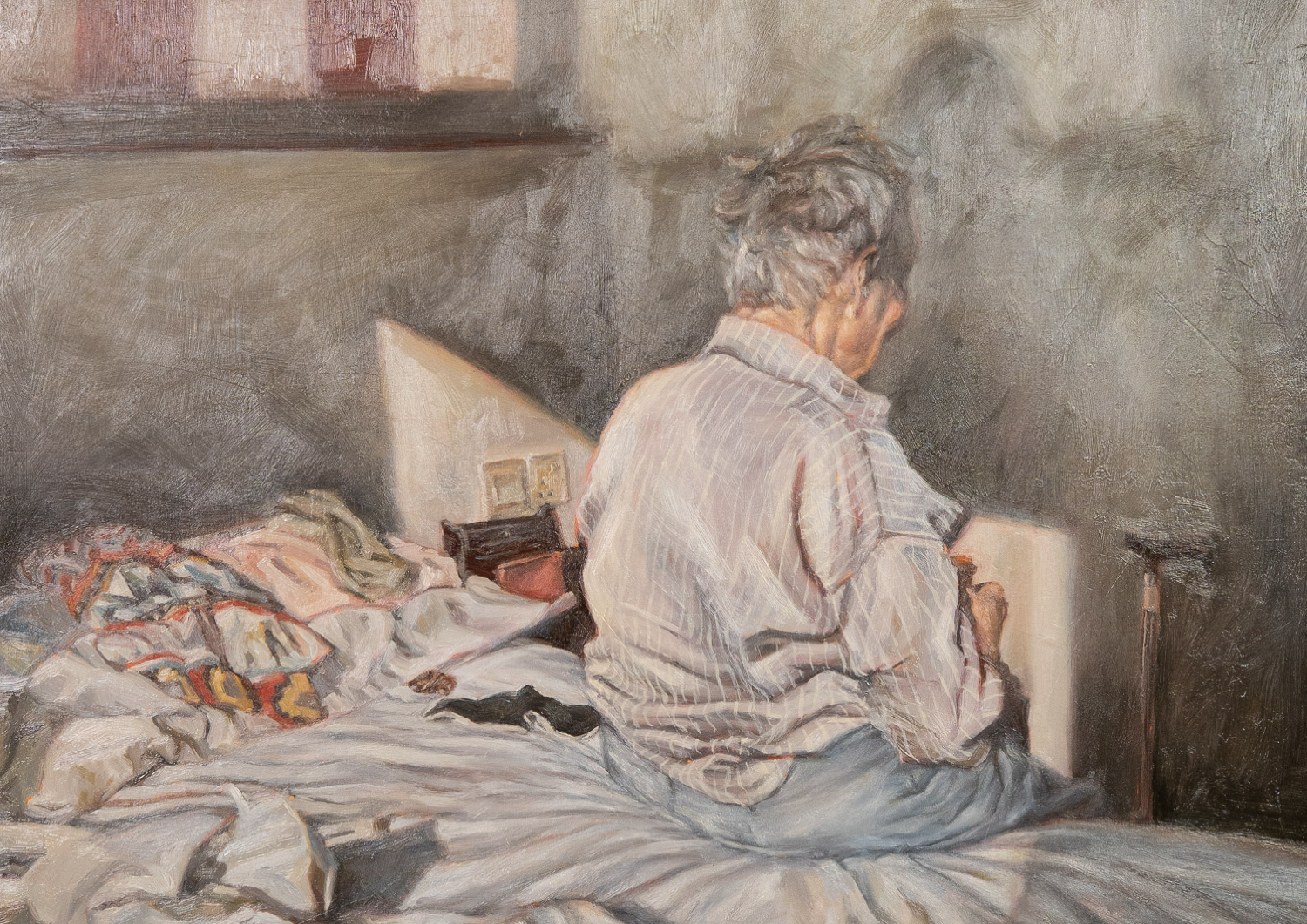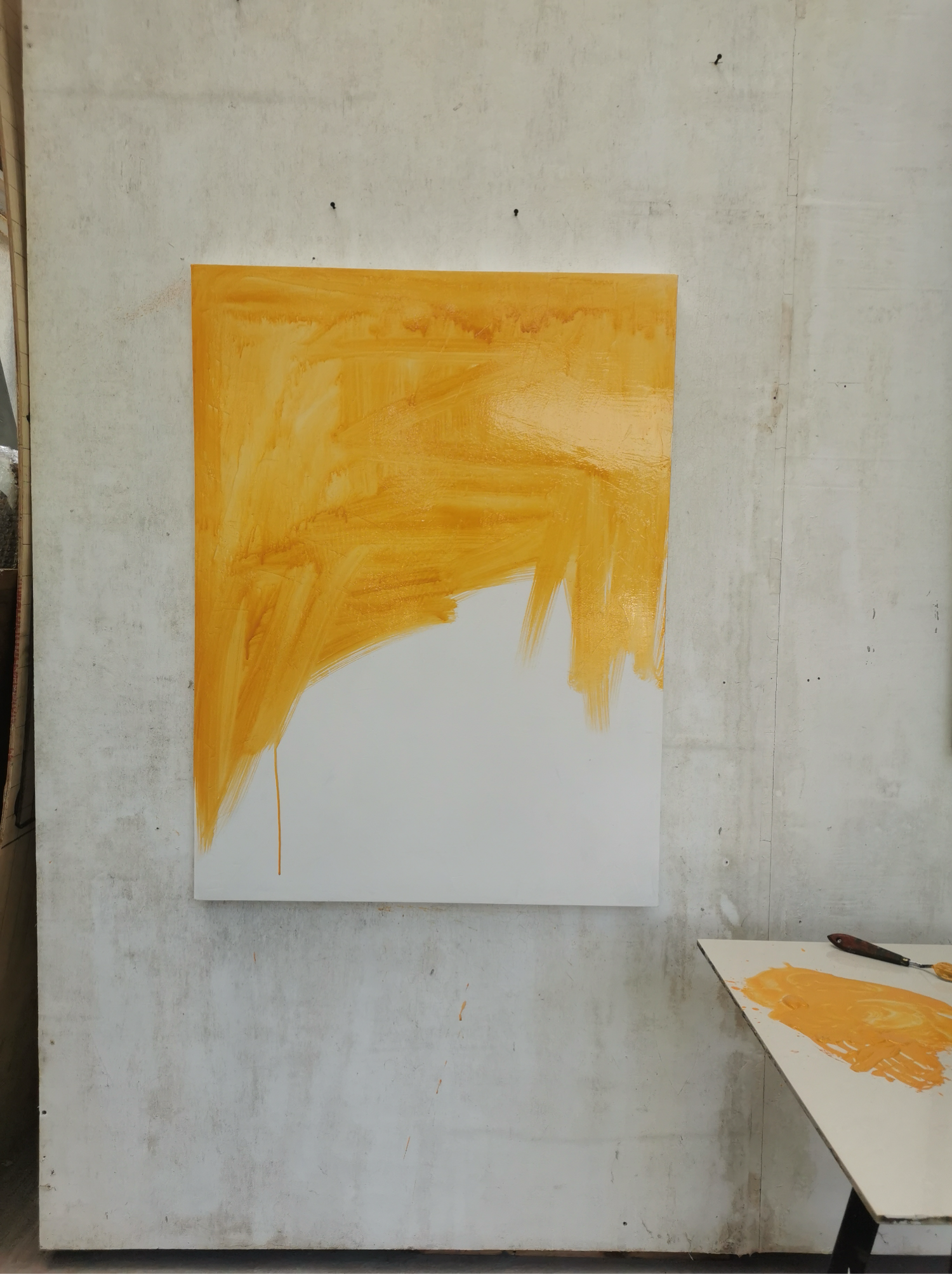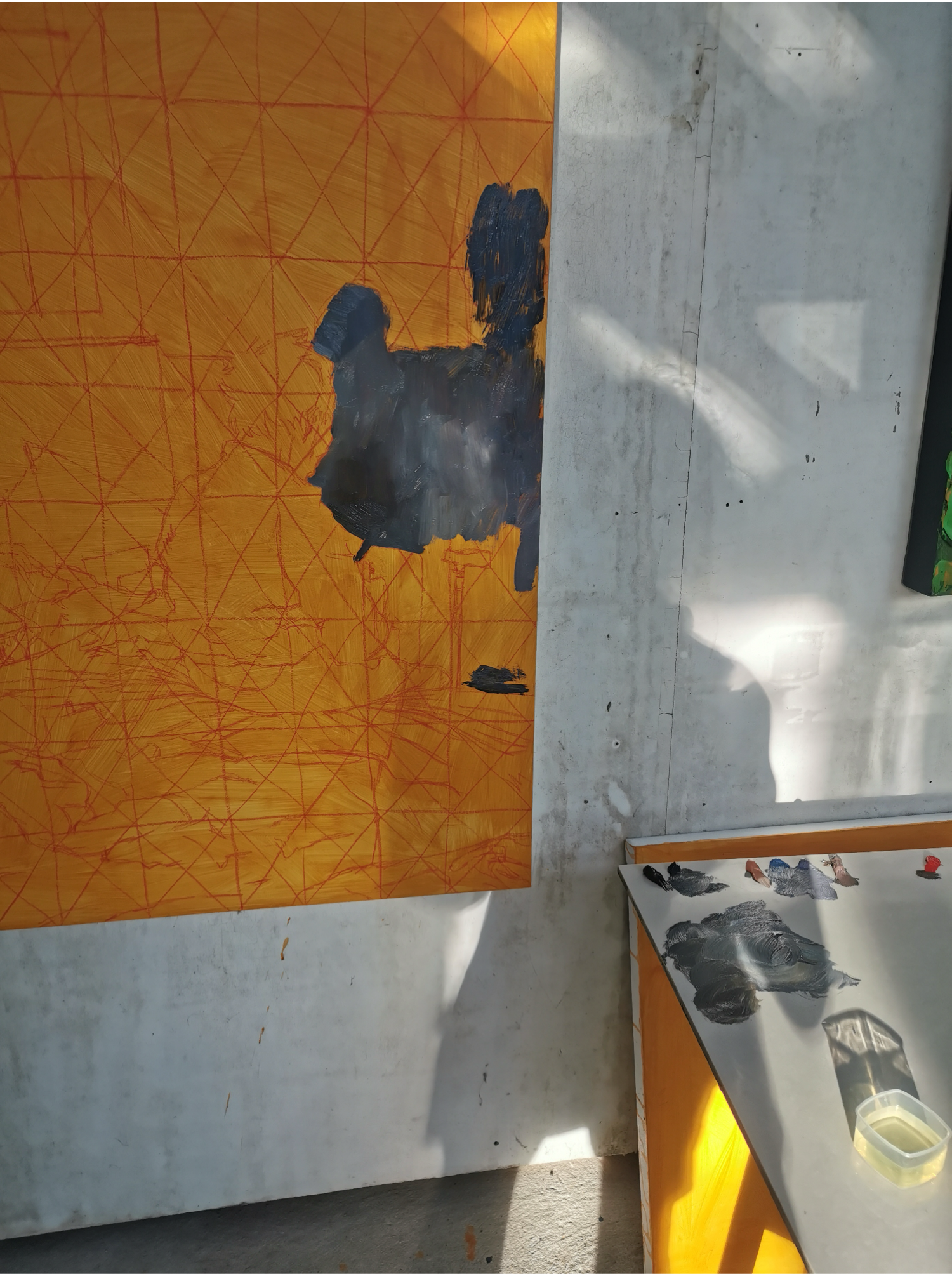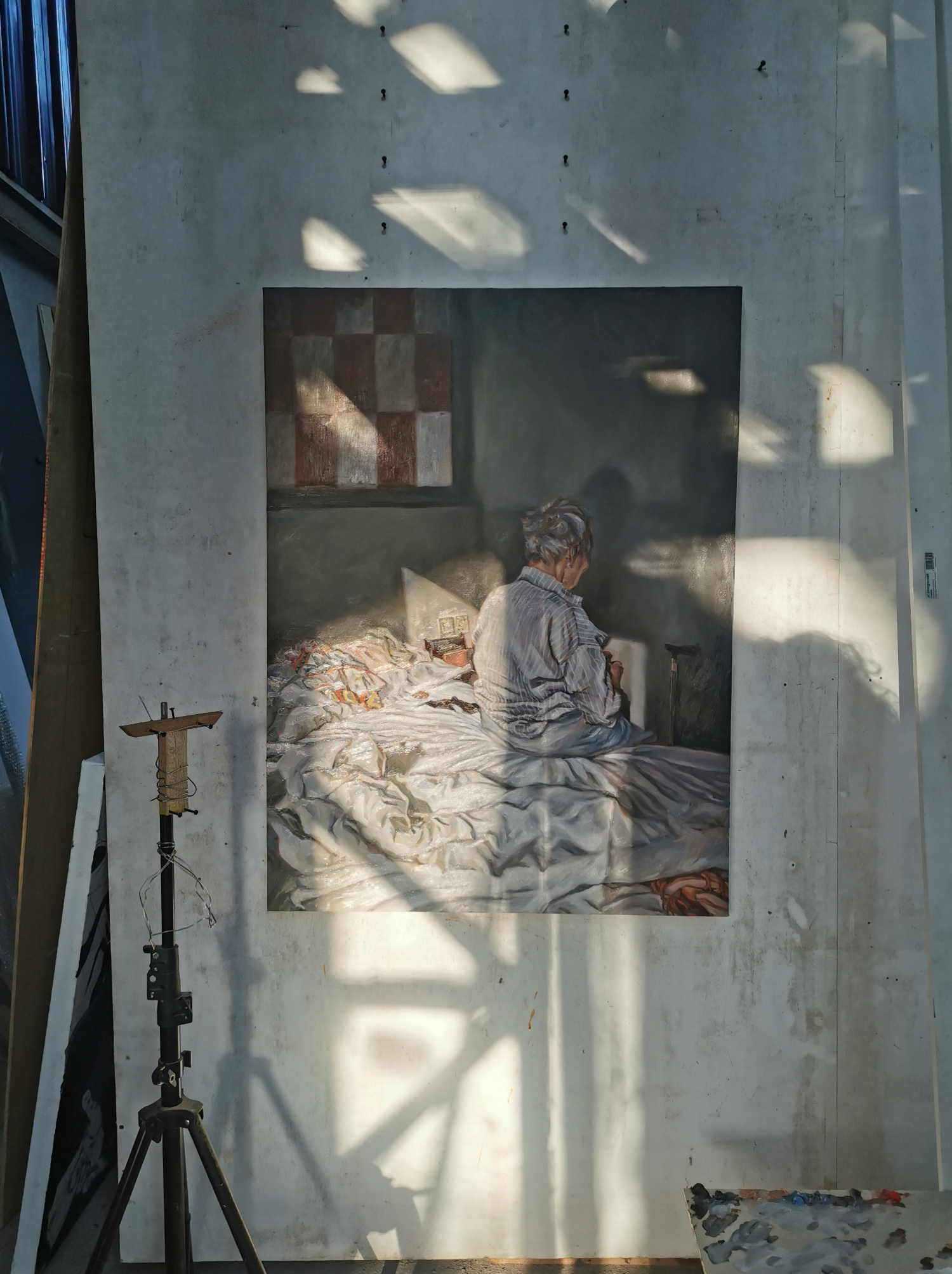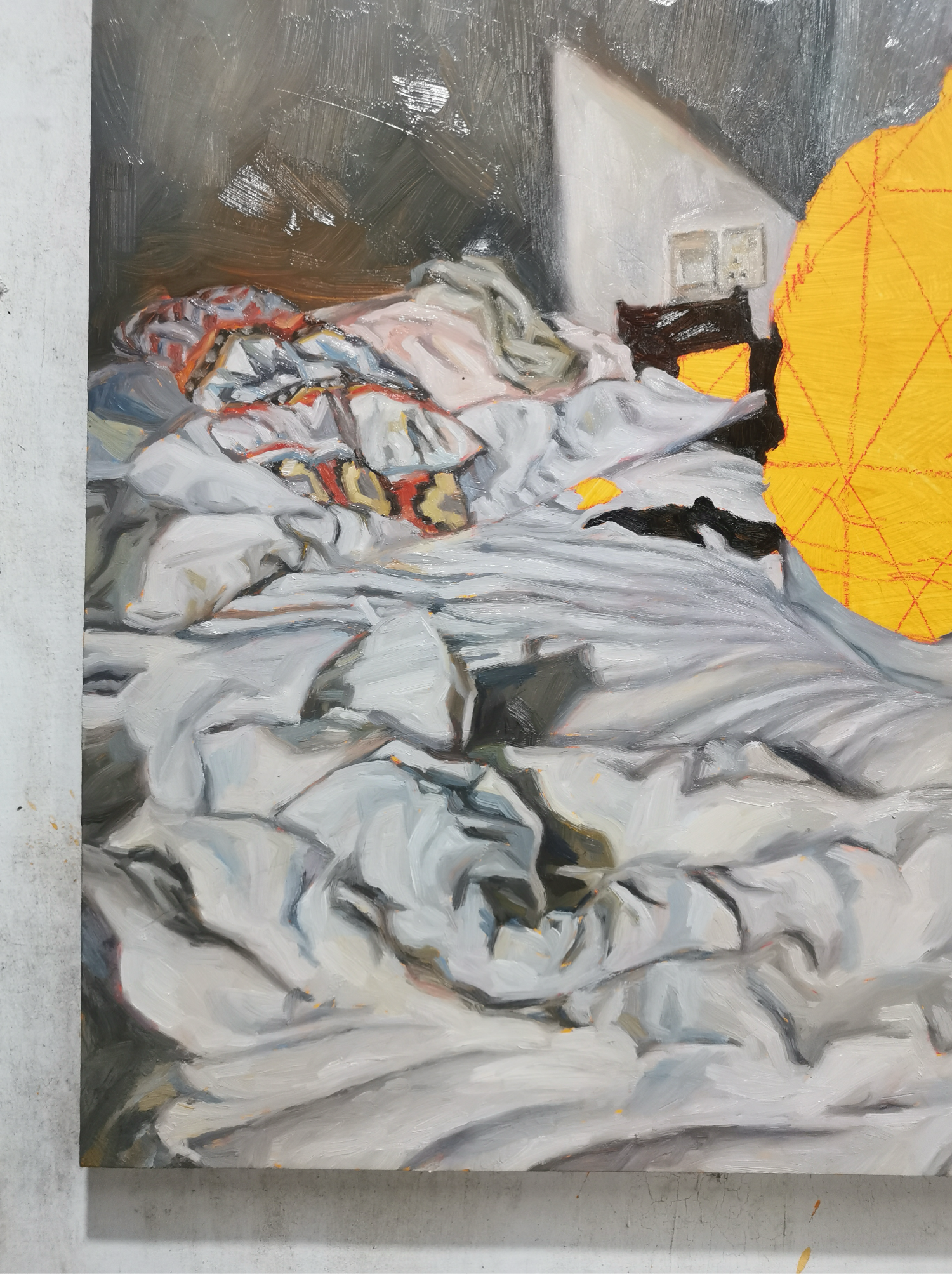Interview The Kanto team
Images MADE 2025 and Benedict Simbulan
“We believe that the growth of Filipino artists contributes to building a more vibrant and cohesive nation. Through MADE, we are committed to cultivating boundless spaces for expression, innovation, and lifelong learning so that our artists can continue to shape not just the country’s cultural legacy but also inspire new ways of thinking,” opens Metrobank Foundation president Phillip Dy.
Building on this vision, the Metrobank Art & Design Excellence (MADE) 2025 Awards celebrate a new generation of Filipino artists who dare to explore, innovate, and redefine the boundaries of contemporary art. With the theme “Boundless Art,” this edition not only honors exceptional talent but also reintroduces the Mixed Media category—a nod to the pioneering spirit of the 1984 to 1987 editions.
Led by Toym Leon Imao, a multi-awarded artist and former MADE awardee, the distinguished jury reunited fellow former MADE awardees and contemporary art masters Leeroy New and Raffy Napay. The panel also included contemporary art market luminaries Frederick Flores and Geraldine Araneta, sculptor Reginald Yuson, and renowned curator Tessa Maria Guazon.
The winning pieces will be showcased in the exhibition titled Vast Horizons, the 41st edition of MADE’s tribute to the limitless potential of art. Running from September 19 to October 18 at The M’s North and South Galleries in Bonifacio Global City, Taguig, the exhibit invites the public to see the program’s forward-looking evolution in the local art landscape.
Kanto conducted a series of interviews with this year’s seven awardees, inviting them to reflect on their creative journeys, personal philosophies, and the stories behind their winning works. MADE 2025 Special Citation Recipient for Painting Benedict Simbulan honors the memory of his grandmother in his winning piece, “Gunita,” reminding us that love lives and lingers in the quiet, serene, and even fleeting moments.
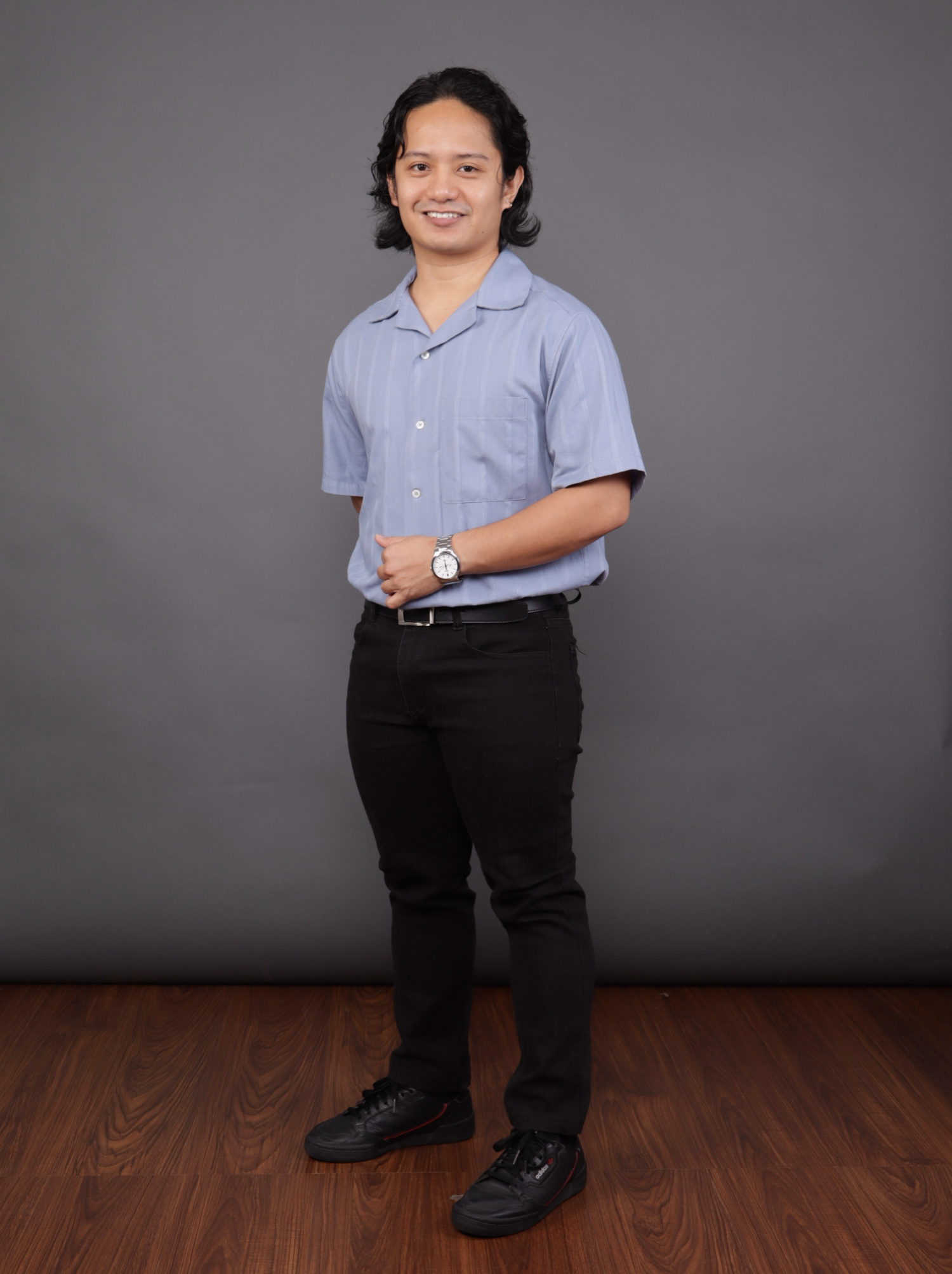

Hi, Benedict! “Gunita” began with a photograph of your grandmother. What made you choose this quiet, everyday moment as the memory to preserve in paint?
Benedict Simbulan: I chose to paint that quiet moment one morning because of its simple, warm, and peaceful feeling—something I never wanted to forget. The way the sunlight fell just right through a large window, and my grandmother quietly sitting at the edge of the bed, preparing for the day. I immediately noticed the strong composition of the scene, so I took a photo to revisit it later. But every time I look back at that image, beyond its composition, it reminds me of my grandmother’s presence in a deeply solemn way.
It’s in moments like these that I’m convinced the simple, everyday events are the ones that stay with us the longest—quiet mornings, peaceful hours spent with family. These are familiar and easy for us Filipinos to relate to. It’s in our nature to deeply value family, and every moment spent with them is something we wish would never end.
Painting these kinds of moments is my way of persevering and holding on. It’s a creative offering that can become a point of connection between us as people, especially among Filipinos.
You chose to hide the subject’s face, leaving her identity open to viewers. How did you arrive at that decision, and what do you hope it allows others to see in the work?
I often intentionally blur or conceal the faces and identities of the people in my pieces. I don’t want them to be solely about my story or my memories. While Gunita may have started with my grandmother, I didn’t want it to be just about her. What I hoped for was that it would reflect something more universal—like the memory of our grandmothers, or of anyone we have loved or continue to love.
By hiding and simultaneously opening up her identity, the focus shifts from the subject’s personal identity to the familiarity and emotional weight of memory being portrayed. In this way, the piece becomes a space where viewers can connect their own memories and lives.
My only wish is that through the connection people feel with the piece, they may realize that even though our stories differ, our experience of being human is shared. And in this understanding, may we become more human for one another.
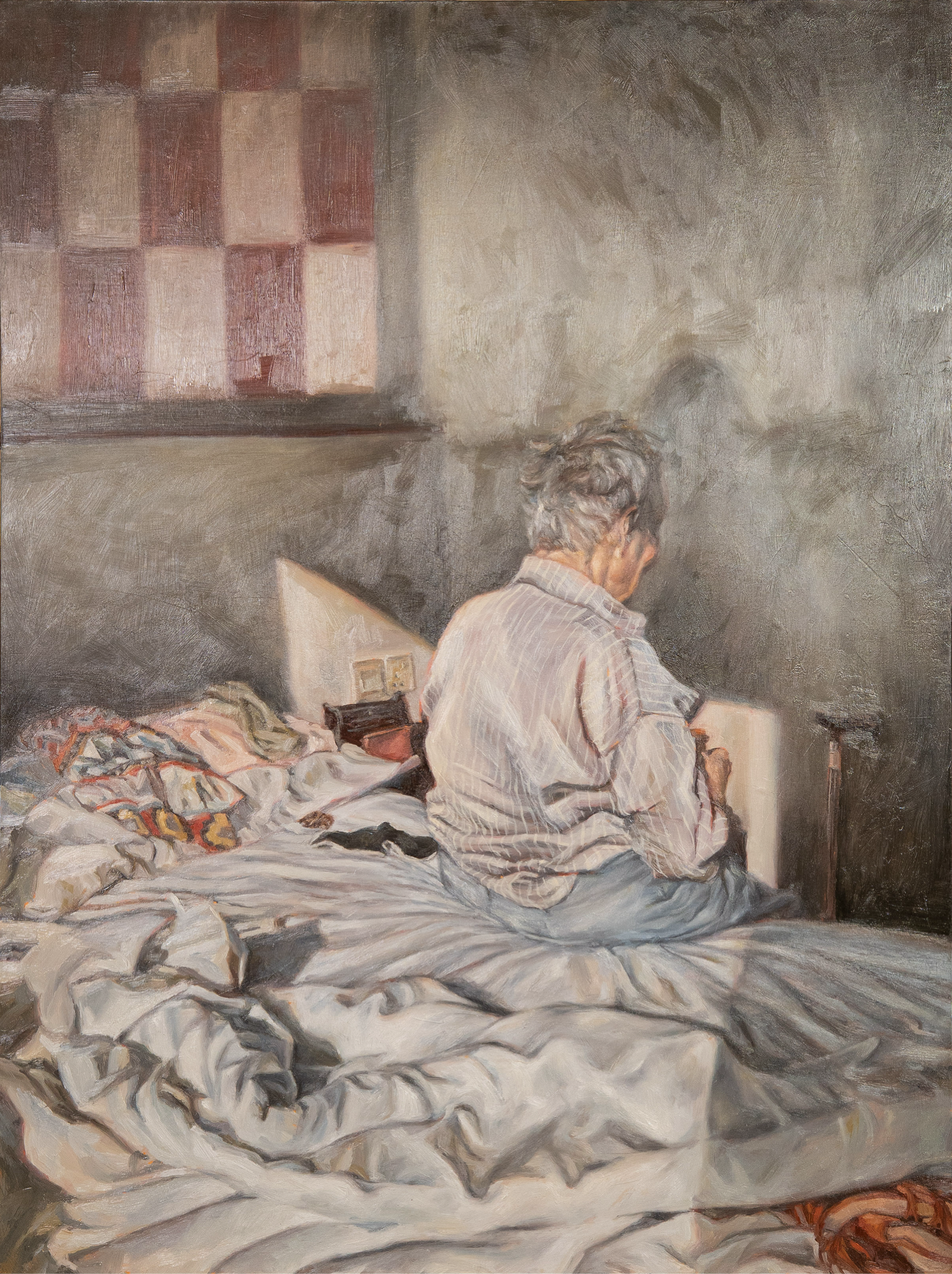

The painting treats stillness itself as a subject. How do you approach translating something as fleeting as silence or pause into oil on canvas?
It all began with a quick capture of the moment through a photograph. And the act of painting it—of stillness—passes through a deep emotional process of revisiting that moment. The early stages of my process are contemplative. Often, it’s just me staring at the subject and the canvas, until I gradually feel and understand the essence I want to preserve.
The simple composition, the muted palette, and the quiet, controlled strokes serve as essential elements in my work. My goal is not just for viewers to see the stillness, but to feel it. Through light and shadow, and the objects surrounding the painted space, a calm presence emerges—like a breath holding back a silent scream.
In this way, I try to slow down those who pass by and invite them to pause, to observe and feel more deeply the weight of each fleeting silence.
Bringing a deeply personal memory into the public setting of MADE meant offering it up for collective reflection. How did that shift your relationship with the work?
From the moment I took the photo that would later become the basis for the piece Gunita, I already knew I would paint it someday. But I didn’t realize then that that moment would be one of the last I’d spend with my grandmother. She passed away three months after that day. And since then, holding that photo has felt like holding her presence and memory.
When Metrobank announced this year’s MADE Competition, I immediately knew I would join. And I knew that I would paint the image of my grandmother. I would paint it as a tribute—a piece that honors her life, and a painting that announces her existence to the world.
Though I dreamed of receiving recognition in this competition, that was never the reason I gave my all to this piece. Creating it became a way to release the grief and sorrow I carried from losing my grandmother.
I didn’t expect how deeply it would resonate with others. The MADE Competition became a kind of journey for me, filled with ups and downs. The sadness of remembering, the joy of receiving recognition, the stories shared, and the connections formed—all became part of this path. And somewhere along the way, I noticed that the weight I carried began to lighten. Perhaps because by sharing this memory with the public, the burden I bore was also shared, along with the strength I received from everyone I encountered on this journey.
In the end, offering this piece became a source of strength, hope, and healing for me. And I hope that those who engaged with it found the same.
Reaching this part of the competition shows how much “Gunita” resonated with the MADE Jury. What does it tell you about the role of shared memory in connecting artist and audience?
I believe that Gunita receiving such recognition shows that the emotions it carries—longing, reflection, and remembrance—are universal. Although it stemmed from a deeply personal moment in my life, the way it resonated with the MADE Jury and with others is proof that shared memories can be powerful instruments in connecting our inner experiences.
Pieces rooted in shared memory become common ground where the artist’s experiences and the viewers’ stories meet and unite. They remind us that we all carry fragments of our past lives, and that art can help us stitch them together. It can serve as a bridge that connects our different journeys.
In the end, the stirring of these kinds of memories—shared memories—opens a door to remembering our interconnected lives. •


